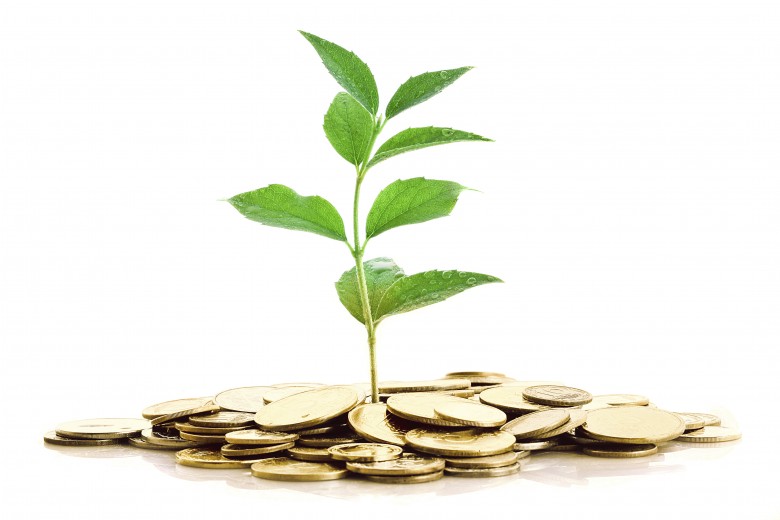
Private finance helping the public sector
The impact of this SIB is measured in the number of sick leave days. The goal is a reduction of 2.1 sick leave days per employee per year. If the goal is met, public sector participants will realise significant savings, part of which will be returned via the SIB to the investors. Mika Pyykkö, Senior Lead, Impact Investing at Sitra, said: “Although the metric is sick leave days, this SIB targets material improvements in the occupational wellness and workplace well-being of the participants. This should become evident through quality-of-life improvements and more effective functioning of the employer organisation.” The economic effect of sick leave in Finland is approximately 7 billion euros a year. Within the public sector, sick leave accounts for some five per cent of total work time, translating to approximately 2 billion euros a year. Due to variations in bookkeeping practices between the sectors, directly comparable figures are not available. Sitra has been active in building an impact investment ecosystem in Finland for over a year now. It has worked on pilot SIBs with other partners, the most significant of which is the occupational well-being SIB that has been launched now. Sitra has decided to commit up to 1.5 million euros to Epiqus Occupational Well-being I as part of its own mission-related activity. The SIB model originates from the UK. It facilitates the use of private capital particularly for preventive interventions that the public sector often struggles to finance adequately. The international applications of the model include foster care, recidivism and long-term unemployment. The occupational well-being focus of the first SIB in Finland is reportedly the first such application worldwide. Epiqus Oy, the first regulated impact investment fund manager in the Nordic countries, manages capital to create measurable social and environmental impact alongside financial return. Epiqus dedicates 50% of its profits to social and environmental mission goals. Epiqus is AIFMD-registered (the Alternative Investment Fund Managers Directive), a member of the Global Impact Investing Network and signatory to the United Nations Principles of Responsible Investment. www.epiqus.com Me-säätiö, a foundation endowed by Ilkka Paananen and Mikko Kodisoja, is dedicated to reducing social exclusion and inequality in Finland, particularly among children, young people and families. The foundation actively seeks new innovative financing solutions for the social interventions that are at the core of its mission. www.mesaatio.fi The Finnish Innovation Fund Sitra is a future-oriented organisation that promotes Finland’s competitiveness and the well-being of the Finnish people. Sitra’s New working life and sustainable economy theme area promotes workplace renewal and economic sustainability through novel operating and financing models. http://www.sitra.fi/en/economy/impact-investing






Impact Investing: un movimento globale in ascesa
Secondo il Rapporto GIIN 2017, l’ammontare dei capitali investiti per progetti a impatto sociale è in continua ascesa
Il fenomeno dell’impact investing ha suscitato, fin dalle sue prime sperimentazioni, un grande interesse sia da parte degli investitori, attirati da un mercato caratterizzato da una minore rischiosità, sia da parte delle imprese sociali, interessate ad intercettare nuovi canali finanziari. In breve tempo, l’intento di conciliare ritorno economico ed impatto sociale è diventato un mantra valido per tutti.
Tuttavia per dimostrare che questo non è solo un fenomeno costruito sulle buone intenzioni ma rappresenta effettive opportunità è necessario costruire dei track-record che raccolgano con puntualità dati e siano in grado di restituire le esperienze fatte. Per questo il GIIN – Global Impact Investing Network da sette anni pubblica i risultati della sua survey annuale che coinvolge oltre 100 investitori e che, anno dopo anno, descrive come gli investimenti ad impatto sociale non siano più solo un mercato emergente ed immaturo bensì un movimento che si sta sviluppando a livello globale.Il Rapporto GIIN 2017
Il rapporto di quest’anno è stato costruito attraverso la somministrazione di interviste a 209 investitori in tutto il mondo, evidenziando così i principali avanzamenti e punti di interesse del mercato ma anche le sfide ancora da affrontare. I numeri più interessanti del report ci dicono che nel 2016 si sono registrate circa 8.000 transazioni ad impatto per un ammontare totale di 22 miliardi di USD. Rispetto ai rapporti del 2014 e del 2015, l’ammontare totale di capitali investiti è aumentato rispettivamente del 15% e del 3%. Numeri che non accennano a fermarsi: gli investitori prevedono, infatti, di aumentare nel 2017 il capitale investito del 17%, portando lo stock di risorse a circa 26 miliardi di dollari che si tradurrebbe in quasi 9.000 investimenti. Per il 98% degli investitori, inoltre, l’impact investing è un’ottima opportunità, che ha raggiunto e, in alcuni casi, superato le aspettative sia di impatto atteso sia di redditività economica. Secondo il report, la maggior parte degli asset sono in America e Canada (40%), Europa (14%), Africa sub-sahariana (10%), America Latina e Caraibi (9%). E gli investimenti sono equamente distribuiti tra i mercati sviluppati e quelli emergenti. Lo strumento finanziario prediletto dagli investitori coinvolti nella survey è quello del private equity per 159 intervistati, seguito dal private debt (113), mentre solo in 33 ricorrono ai real assets. Questo netto miglioramento forse è anche dovuto, come riferito sempre nel report, alla professionalizzazione del settore iniziata grazie all’ingresso di grandi aziende che oltre a portare competenze e professionisti hanno spinto per l’innovazione degli strumenti finanziari. Ovviamente buona parte degli investitori ha anche individuato nell’ingresso delle grandi imprese un aumento della competitività del settore nonché il rischio che diminuisca l’attenzione alla componente dell’impatto sociale.In che direzione vanno gli investimenti?
C’è un’evidente differenza tra mercati emergenti e mercati sviluppati. Nei primi infatti gli investimenti riguardano soprattutto l’accesso al credito e la creazione di impresa, quindi microfinanza e servizi finanziari. Nei secondi, invece, l’attenzione è per l’ambiente e per l’inclusione delle fasce vulnerabili della popolazione, con investimenti soprattutto in housing sociale, in progetti di riforestazione e in energia pulita. Tutti gli intervistati utilizzano metriche di misurazione di impatto quali-quantitative. Riferendosi agli investimenti giunti a termine, la metà degli intervistati ha risposto di aver raggiunto sia gli obiettivi sociali che quelli ambientali prefissati: il 41% ha individuato e raggiunto solo gli obiettivi sociali, il 9% solo quelli ambientali. E’ bene, però, sottolineare che per gli intervistati è difficile tracciare una distinzione netta tra questi due obiettivi. I rapporti annuali del GIIN ci aiutano, anno dopo anno, a delineare il profilo di crescita degli investimenti ad impatto. E se per il prossimo report del network bisognerà attendere il 2018, intanto a luglio un altro grande appuntamento è in programma per il mercato dell’impact investing: il plenary meeting del Global Social Impact Investment Steering Group, momento in cui investitori e imprenditori sociali si incontreranno per uno scambio di esperienze, mettendo nuovamente in evidenza la dimensione di “movimento globale” che caratterizza gli investi ad impatto sociale. This article originally appeared on secondowelfare.it.


